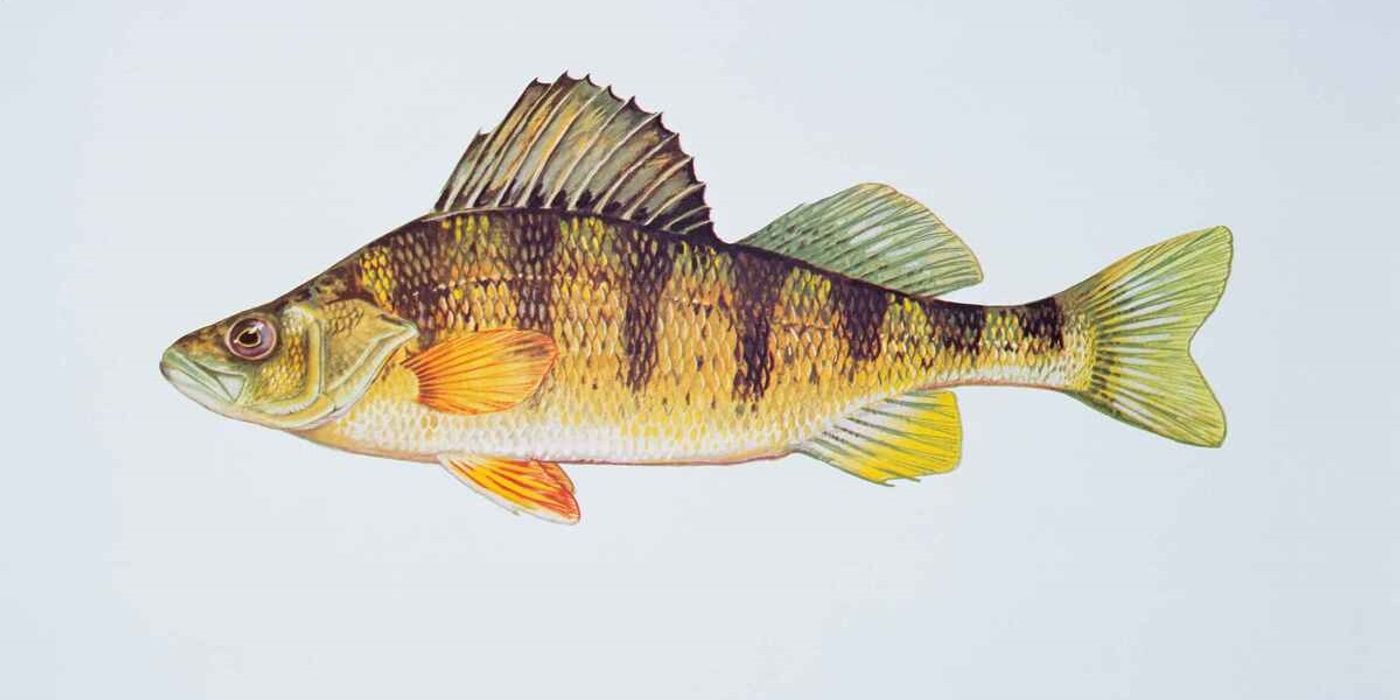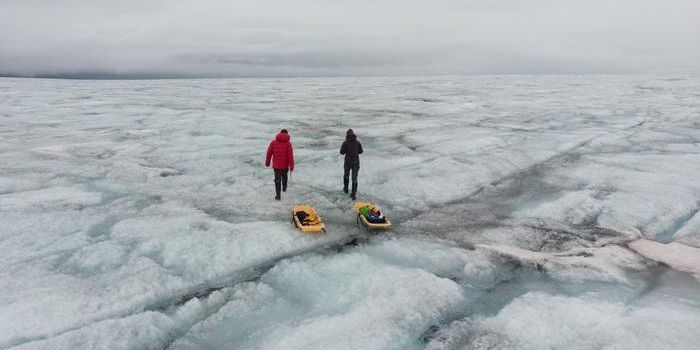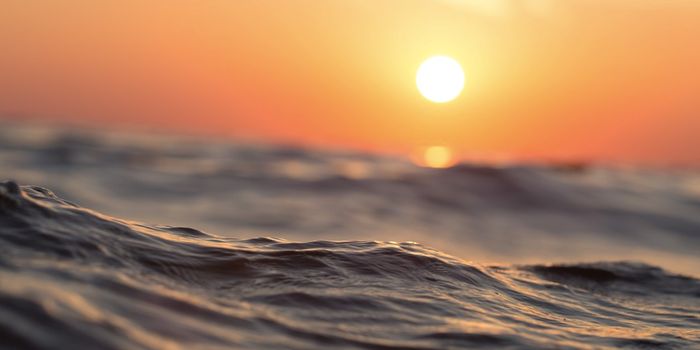Great Lakes Fish Contain Record Levels of Microplastics
A new study published in Conservation Biology reports the highest ever concentration of microplastics concentrating in different fish species in Lake Ontario and Lake Superior.
Researchers collected fish using electroshocking boats and seines in northern Lake Superior and Lake Ontario near Toronto, Canada. Fish species collected in Lake Ontario included brown bullhead, white sucker, yellow perch, round goby, emerald shiner, common shiner, and spottail shiner. Species collected in Lake Superior included longnose sucker, white sucker, lake whitefish, round whitefish, cisco, lake trout, and yellow perch. White sucker and brown bullhead, in particular in Lake Ontario, had significantly more particles than other species.
Why are these species so important? Many of them are popular game fish and are caught as food by anglers on the great lakes. This contamination could cause problems for the future consumption of freshwater fish by humans and has implications for the quality of drinking water.
The scientists characterized the different particles by origin, and more than 90 percent of particles from each sampled location were from artificial sources. All fish tested contained anthropogenic particles – meaning human-made - the majority of which were microfibers (62-81%). Some samples from Lake Ontario contained the highest yet reported numbers of microplastics in bony fish (900+ particles in two fish). On average, Lake Ontario fish had more than double the number of contaminants as the Lake Superior fish.
The higher concentration of contaminants in Lake Ontario is likely due to the positioning of the lake in the watershed and its proximity to major urban centers. Lake Ontario is the last lake that water flows through in the great lakes, so pollution becomes more concentrated. Especially with the major cities of Detroit, Buffalo, and Cleveland immediately previous in Lake Erie, and Toronto in Lake Ontario. Local inputs from wastewater treatment plants, storm drains, and roadways are more likely to contribute to microplastic exposures.
Increasing microplastic exposure could lead to increased vulnerability for individual fish and for species as a whole. Microplastics can stress fish and reduce their available energy to respond to other stressors like climate change. They also accumulate chemical pollutants, like organics, fire retardants, and metals. More significant hormonal disruption and toxicity occur when fish ingest microplastics that have amassed these environmental contaminants.
There is also potential for this phenomenon to impact human populations, though extrapolating the contaminant concentrations from fish to humans is impractical. However, in general, the high abundance of microplastics in fish stomachs suggests that environmental exposure may be risky.
This risk of exposure means that it is essential to change how we contribute to the microplastic problem. Some of the currently available practices for reducing our contribution to microplastic pollution are adding filters on washing machines to collect our plastic microfibers, litter-reduction initiatives, and ensuring best practices at industrial facilities and stormwater treatment plants to contain plastics.
Source: Conservation Biology









